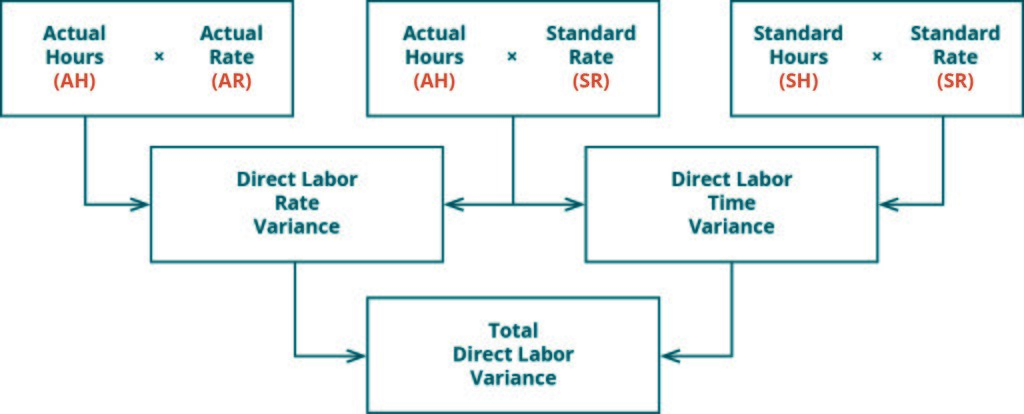What Is Encumbrance Accounting?
Encumbrances reserve a portion of an appropriation representing an obligation that has not been paid, or commitments related to unperformed contracts for goods and services. Our platform helps you simplify your AP and AR processes, eliminating manual errors and allowing for better tracking of your payments and vendors. Routable provides a complete audit trail to help lower fraud and compliance risk and helps increase visibility through this thorough tracking. We also allow you to process your invoices and payments your way, whether that means email, scanning, or automatically forwarding bills from your email. Routable wants to enable you to grow into the future, which is why we have a sophisticated API for any bulk processing.
A downside of encumbrances is that they increase the complexity of government accounting to some extent. An available appropriation represents the amount of the appropriation that can still be obligated or spent within the availability period allow in the Budget Act. The available appropriation is determined by subtracting actual expenditures and outstanding commitments from the appropriated amount. One of the most common examples of an encumbrance is the money allotted when you create a purchase order for services or items from a vendor. When you make the PO, you then will generate an entry indicating the encumbrance or the money you will pay in the future for that order. Once you pay that supplier’s invoice, you will remove that money from within the encumbrance balance.
Accurate expenditure control
Then, when that request is approved, a purchase order can easily be made for the exact amounts. When the encumbrance amount gets added to the general ledger, you can remove the payment https://accounting-services.net/what-is-the-debtors-control-account-for/ from the pre-encumbrance amount. Purchase order encumbrances are most commonly used in government accounting, but any organization can use the principle for budgetary control.
Conditions, however, may change over the course of a year or over the period set by the budget. The concept is most commonly used in governmental accounting, where encumbrances are used to What Is Encumbrance Accounting? ensure that there will be sufficient cash available to pay for specific obligations. By using encumbrances, a government entity can be assured that it will not over-extend its finances.
Examples of Encumbrance accounting in a sentence
Though it may be tempting to leave extra money in the general fund to pull from whenever something comes up, doing so could easily over-extend your budget and place serious constraints on your cash flow. Once the encumbrance is approved, the funds are no longer available for use in other transactions. Any encumbrance funds are not part of the actual funds ledger balance, because payments haven’t been processed. Once a vendor is paid, the encumbrance is lifted and the funds appear in the actual funds balance rather than the encumbrance balance. Encumbrances are not considered actual expenses and are not included in actual-expense balances.
What is the encumbrance on a balance sheet?
An encumbrance is an accounting term that refers to funds that a company reserves for a future expense. Any type of organization can encumber funds by keeping reserves for any unforeseen liabilities or debts to help it plan and control its budget.
Encumbrance journal entries and accounting are also sometimes called commitment accounting. This naming makes more sense when you realize that encumbrance enables budgetary control by recording money that is allocated for future projects, preventing over-expenditure of a budget. Verify purchase order transactions so you can see what encumbrances materialized into actual paid expenses. The purpose of accounting for encumbrances is to prevent the overspending of an appropriation.
Step 2: Encumbrance
Encumbrance data enables budgetary control, letting your company better understand where they are financially at any given time. Since the money that the company will spend later is tracked, a company can keep from overspending. By making visible the amount of money you plan on spending in the future, you can more accurately see how much money you can spend on future projects or purchases without going over budget. When it comes time to pay necessary encumbered funds, the “encumbrance” disappears in that amount and becomes an actual expense. As the company rolls through the budgeted year, the amount actually spent rises and the encumbered funds declines. If the projected spending declines (for example, when an employee quits), then an accountant can adjust the amount of encumbered funds downward.



Responses